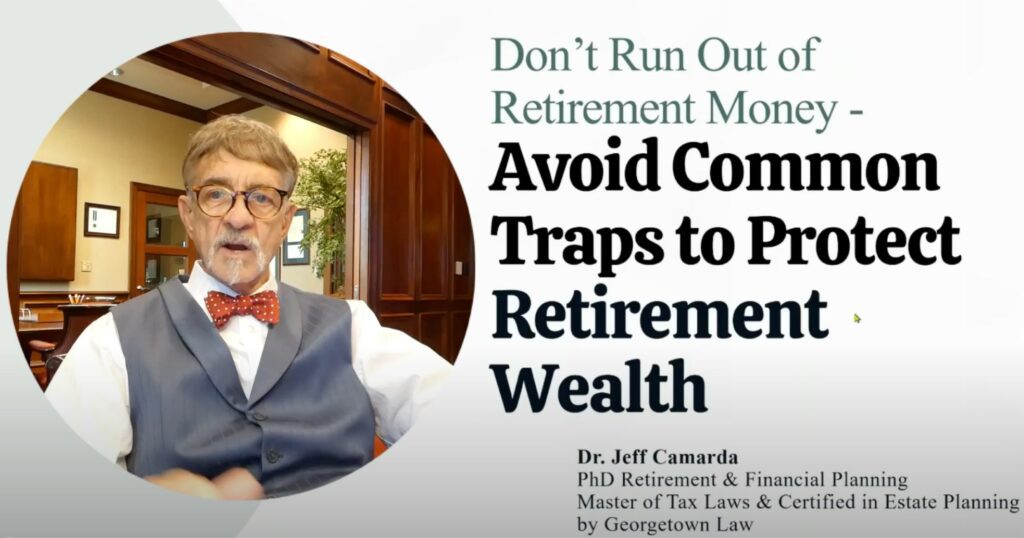Let’s explore trust basics as background for your estate planning. The very word trust, as it rolls off the tongue, conjures images of sterling silver, old wealth, and lives of (perhaps) undeserved ease. This aura is unfortunate, since trusts are actually, at their heart, extremely simple planning tools that you need very much to know about. They are enormously easy to set up and administer, yet so flexible as to do nearly anything you want, and become as complicated as you and your attorney see fit.
A trust is simply a bucket of money, with rules that you lay down in advance for what happens to the money. There are three types of parties to any trust.
Trust grantor or settlor
The grantor, who puts the money in the bucket and gets to write the rules. The rules are written by your attorney in a paper called the trust document.
Trust trustee
The trustee, who is chosen by the grantor and is trusted to make sure the money is handled according to the rules.
Trust beneficiaries
And then, ah, there is the trust’s beneficiary, the party who gets to enjoy the money paid out of the trust by the trustee, according to the rules of the trust, or trust provisions. At the core, that’s really all there is to it: the grantor puts assets in for the benefit of the beneficiary, and the assets are managed by the trustee.
You can be all three – grantor, trustee, and beneficiary
These parties can be anyone you, the grantor, pick: you can be the grantor, trustee, and beneficiary of the trust, use the property for your own benefit, and name successor trustees and beneficiaries to manage and enjoy the property, if any is left, after you die. In fact, this living trust arrangement is often used as a will substitute to avoid probate. It will not get you any asset protection of itself this way, since you still control and essentially own the property, and can usually be compelled by a judge to write a check to pay for your lawsuits.
Living vs. testamentary trusts and why you want a living trust
Here’s another important distinction: between living (or “inter vivos”, which means “while alive”) trusts and testamentary trusts, which get set up after you die. Living trusts are those you set up and fund (put property in the trust’s name) now, while you live. Testamentary trusts are those whose terms are written in your will, and spring into life with the assets you leave them in your will after you die. Testamentary trusts guarantee probate, and because probate is a public process, can guarantee unwanted attention from disinherited family – like contestes will lawsuits – and even criminals. Because probate is a court process, the legal bills can pile up. And they can invite lawsuits and creditor claims against probate assets unlike the more effective asset protection techniques we recommend elsewhere in this article.
Revocable vs. irrevocable trusts
That brings up the next distinction, between revocable and irrevocable trusts. Revocable trusts can be revoked: you can change your mind, dissolve the trust, and take the property back into your name.
You keep complete control, usually naming yourself as trustee, and can write yourself a check on the trust account any time you want to. It’s just like still owning the property, though you have to be sure and title all assets in the trust’s name (and we do forget…) if you want the trust to work for the purpose for which you set it up, like avoiding probate.
Irrevocable trusts are ostensibly forever: once you put the money in, you for all time give up at least some control over it, even if you are the trustee (which is usually not wise) and even if you derive some benefit from the trust property, like the income from the assets. Once in, it is no longer totally yours, and will be governed by the trust provisions, which you cannot change absent a slick attorney and an understanding judge.
Of course, such trusts often are (sometimes intentionally!) lost to fire, with their terms and obligations reduced to ash and smudge. It is a risky world. And such trusts can be amended by other means, either by “decanting” – pouring – into a replacement trust you like better, or by getting an agreeable judge to change or dissolve it. Our legal team actually gets this done fairly frequently.
Why would you want an irrevocable trust that you can’t change?
Why would anyone do such a final thing as make a trust irrevocable mostly, aside from controlling access by irresponsible or untrustworthy beneficiaries, or protecting previous marriages from your subsequent spouses?
Irrevocable trusts can provide substantial estate tax savings
Properly designed irrevocable trusts can offer enormous tax leverage.
The F-BOTs – Family Bank Ongoing Trusts, an enhanced kind of SLAT or spousal lifetime access trust – that we recommend elsewhere in this article section, for instance, must be irrevocable to work their tax magic.




